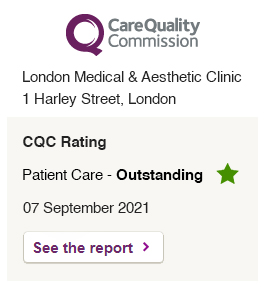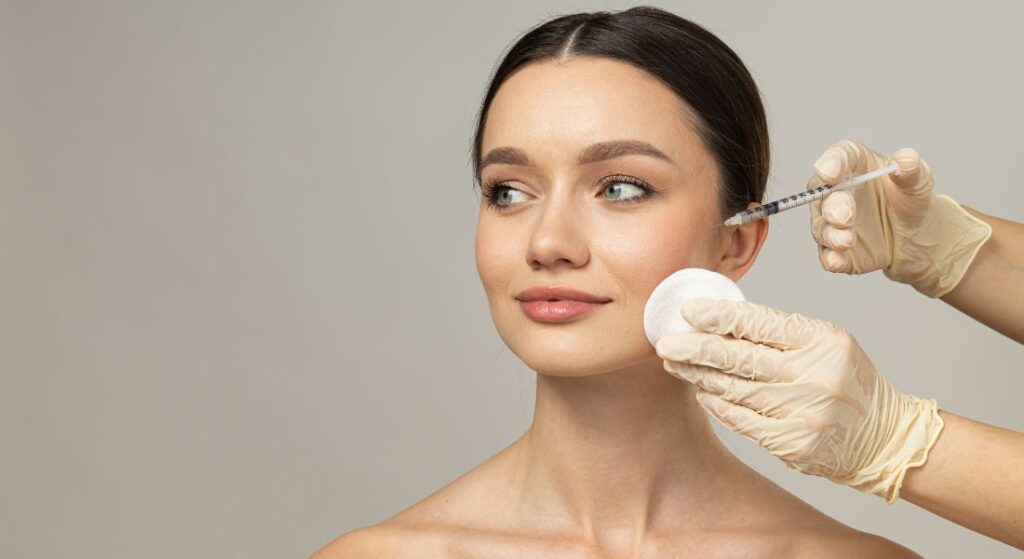
Sculptra is a popular collagen-stimulating injectable that helps restore facial volume and improve skin texture over time. Unlike traditional fillers, Sculptra works gradually by stimulating your body’s natural collagen production, giving a more natural, long-lasting effect.
However, proper placement is key. Using Sculptra in unsuitable areas can lead to complications, unsatisfactory results, or even safety concerns. Understanding where Sculptra should not be injected is essential if you want safe, effective results.
In this guide, I’ll explain which areas are inappropriate for Sculptra injections, potential risks, and why choosing a skilled injector is critical for your safety and outcomes.
What Is Sculptra?
Sculptra is a unique injectable made from poly-L-lactic acid (PLLA), a substance that’s safe, biodegradable, and designed to work with your body. Unlike traditional fillers that simply add volume right away, Sculptra helps your skin gradually produce more collagen, which is the protein that keeps your skin firm, plump, and youthful.
Over a series of treatments, you’ll notice your facial volume restoring naturally, fine lines and wrinkles softening, and your skin’s overall texture improving. Because the results develop slowly, they look subtle and natural, rather than giving a sudden, “done” appearance.
You can use Sculptra in several areas where age or volume loss is more noticeable, including:
– Your cheeks, to bring back a lifted, youthful contour
– Temples, which can hollow out over time
– Jawline, for a smoother, more defined look
– Pre-jowl area, to reduce sagging around the chin
– Nasolabial folds, the lines that run from your nose to the corners of your mouth
One of the best things about Sculptra is that the results keep improving even after your treatment course is finished. Many people notice their skin continuing to look firmer and more youthful for up to two years after completing all sessions.
If you want a gradual, natural enhancement that works with your body, Sculptra might be exactly what you’re looking for. It’s all about letting your skin’s own collagen do the work, so the results are long-lasting and completely natural-looking.
Why Placement Matters
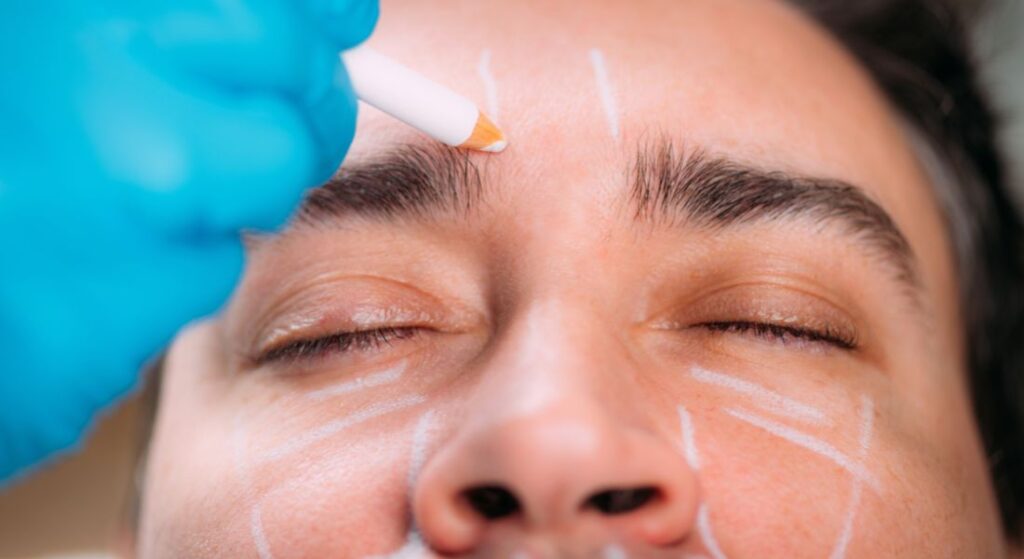
Sculptra isn’t like your typical filler that gives you instant volume. Instead, it works gradually by stimulating your body’s own collagen production, which means the results develop over time. Because of this unique way of working, how and where Sculptra is injected is really important—both for your safety and to make sure you get the look you’re hoping for.
If Sculptra is placed in the wrong areas, you might notice some unwanted effects, such as:
– Lumps or small nodules under your skin, which can feel uneven or bumpy
– Uneven volume, making one side of your face look fuller than the other
– Inflammation or irritation, which could cause redness or discomfort
– Poor aesthetic results, like unnatural contours or asymmetry
When the injection is done correctly, Sculptra works with your body to enhance your natural facial structure. The collagen your body produces will follow the natural curves and planes of your face, giving you a smooth, youthful appearance without looking “done” or artificial.
The key takeaway? You want your practitioner to have experience and precision, because the right placement doesn’t just improve how your face looks—it also helps avoid complications and ensures your results are long-lasting. By trusting the process and letting your skin gradually respond, you get a natural, refreshed version of yourself that continues to improve over time.
Areas Where Sculptra Should Not Be Injected
While Sculptra is incredibly versatile and effective for restoring facial volume and smoothing wrinkles, there are certain areas where it’s not recommended. Knowing where not to use it is just as important as knowing where it works best, because injecting in the wrong place can lead to complications or unpredictable results.
Under the Eyes (Tear Troughs)
The under-eye area, also known as the tear trough, is very delicate and sensitive. Sculptra is generally not suitable here, and here’s why:
Thin, sensitive skin: The skin under your eyes is much thinner than other parts of your face, making it harder for Sculptra to integrate smoothly.
Higher risk of nodules: Because Sculptra works by stimulating collagen, there’s a greater chance of small bumps forming under this thin skin.
Unpredictable results: With minimal fat and tissue in this area, the product may not settle evenly, leaving you with uneven or unnatural-looking results.
If you’re looking to restore volume or reduce hollows under your eyes, there are safer alternatives. Hyaluronic acid fillers specifically formulated for the tear trough can give you smoother, more predictable results without the same risk of complications.
By understanding where Sculptra shouldn’t be used, you can make more informed decisions about your treatment plan and avoid areas where the results may not be ideal.
Forehead and Eyelids
The forehead and eyelids are other areas where Sculptra isn’t recommended. These parts of your face are delicate, and using Sculptra here can increase the risk of complications. Here’s why:
Thin skin and dense vascular structures: The skin in these areas is very thin, and the underlying blood vessels are close to the surface, making precise placement difficult.
Higher risk of lumps or nodules: Because Sculptra works by stimulating collagen, injecting it here can lead to small bumps or uneven texture.
Potential for uneven results or migration: The product may not stay where it’s placed, which can create an unnatural look or asymmetry.
If you want to smooth forehead wrinkles or rejuvenate your eyelids, dermatologists usually recommend other fillers or neuromodulators, like botulinum toxin (Botox) or hyaluronic acid fillers, which are specifically designed for these delicate areas.
By avoiding Sculptra in these zones, you reduce the risk of complications and increase the chances of getting safe, natural-looking results in areas where it works best.
Lips
Sculptra is not recommended for use in the lips, and here’s why:
Small, highly mobile area: Your lips move constantly when you talk, eat, or smile, which can affect how the product spreads. This makes it harder to achieve even, natural-looking results.
Higher risk of nodules or uneven volume: Because Sculptra works by stimulating collagen, there’s a greater chance of small bumps or irregular fullness forming in this delicate area.
Slower and less predictable results: Unlike hyaluronic acid fillers, which are designed specifically for lips, Sculptra’s gradual action makes it difficult to control the outcome.
If you’re looking to enhance your lips, hyaluronic acid-based fillers are usually the safer, more predictable choice. They allow for precise shaping and natural-looking volume, giving you the results you want without the complications that Sculptra could cause.
By avoiding Sculptra in your lips, you’re more likely to get smooth, balanced results and reduce the risk of bumps or unevenness.
Areas with Infection or Active Skin Conditions
It’s very important not to inject Sculptra into areas where your skin is compromised. If you have an active skin condition or infection, treatment in that area can cause complications and affect how your results turn out.
Avoid injecting Sculptra if you have:
Active acne: Inflamed or pustular acne can worsen if a filler is injected nearby.
Skin infections: Any bacterial, viral, or fungal infection in the treatment area increases the risk of spreading the infection or causing new complications.
Inflammatory conditions: such as eczema or dermatitis: Sculptra can aggravate irritated skin, leading to redness, swelling, or discomfort.
Injecting into compromised skin can make inflammation worse, increase the risk of infection, and negatively impact the final aesthetic outcome. By waiting until your skin is healthy, you give yourself the best chance for smooth, natural-looking results.
Thin or Highly Mobile Skin
Sculptra works best in areas where the skin can support gradual collagen stimulation. If your skin is very thin or constantly moving, it’s usually better to avoid treatment there—unless a highly experienced specialist uses advanced techniques.
Areas where Sculptra is typically not recommended include:
Neck: The skin here is delicate, and using Sculptra without expert technique can lead to visible lumps or unevenness.
Hands: Hands have thin skin over tendons and bones, making even distribution tricky unless specific protocols are followed.
Décolletage (chest area): Thin skin in this area is more prone to irregular texture or palpable nodules under the surface.
Using Sculptra in these zones can increase the risk of visible bumps, uneven texture, or nodules you can feel under your skin. By avoiding treatment in thin or highly mobile areas—or only proceeding with a specialist—you can protect yourself from complications and achieve smoother, more natural-looking results.
Over the Bone
It’s important to avoid injecting Sculptra directly over bone. If the product is placed too superficially or right on a bony structure, you might notice visible lumps, uneven contours, or even discomfort.
The key to achieving smooth, natural results is proper technique. Sculptra works best when it’s injected into the deep dermis or subcutaneous layer, where your body can naturally produce collagen and gradually restore volume. By placing it in the correct layer, you’ll get subtle, natural-looking enhancements without the risk of the product showing through or creating unwanted bumps.
Working with a skilled practitioner ensures that your Sculptra treatment complements your natural facial structure, giving you a refreshed look while avoiding common pitfalls like over-bone placement.
Potential Complications of Incorrect Placement
While Sculptra is generally safe, placing it incorrectly can lead to a few complications. Understanding these risks helps you make informed decisions and choose a skilled injector.
Nodules or lumps: If the product is injected too superficially, you might notice small bumps under your skin that can be felt or sometimes seen.
Asymmetry: Uneven injection can cause one side of your face to look different from the other, making results appear unnatural.
Inflammation: Poor placement can trigger redness, swelling, or localized irritation in the treated area.
Migration: In rare cases, Sculptra may shift from the intended spot if it’s not injected correctly, affecting the overall appearance.
The good news is that most of these issues are preventable. By choosing an experienced, qualified injector who understands facial anatomy and Sculptra’s unique properties, you can minimize risks and enjoy smooth, natural-looking results.
How to Ensure Safe Sculptra Treatments
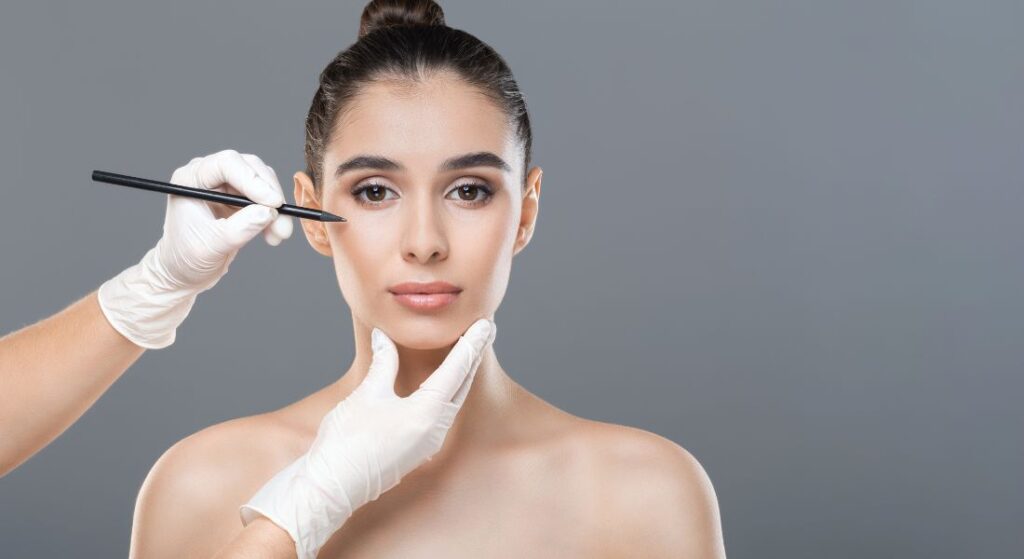
If you want the best results from Sculptra while keeping your treatment safe, there are a few key steps you should follow.
Choose a Qualified Practitioner
Start by selecting a board-certified dermatologist or plastic surgeon who has extensive experience with Sculptra. Don’t hesitate to ask about their training and previous cases—seeing before-and-after photos or hearing about their experience can give you confidence that you’re in safe hands.
Discuss Your Goals and Concerns
During your consultation, be open about what you want to achieve. Talk about:
– The specific areas you’d like to treat
– The results you hope to see
– Any worries you have about potential complications
By sharing this information, your practitioner can create a personalised treatment plan that avoids unsuitable areas and focuses on your unique facial structure.
Follow Aftercare Instructions
How you care for your skin after treatment can make a big difference. Your practitioner may suggest:
– Gentle massage of the treated areas to help the product settle evenly
– Avoiding strenuous activity for 24–48 hours
– Using cold compresses to reduce swelling or discomfort
– Limiting sun exposure to protect your skin while it heals
Following these instructions carefully can minimise side effects and ensure smoother, more natural results.
Regular Follow-Ups
Scheduled follow-up appointments allow your practitioner to monitor your progress, check that the collagen stimulation is developing evenly, and make any necessary adjustments. This helps ensure your results look balanced, natural, and long-lasting.
By taking these steps, you’re setting yourself up for a safe, effective Sculptra treatment and maximising your chances of achieving the refreshed, youthful look you want.
Alternative Treatments for Unsuitable Areas
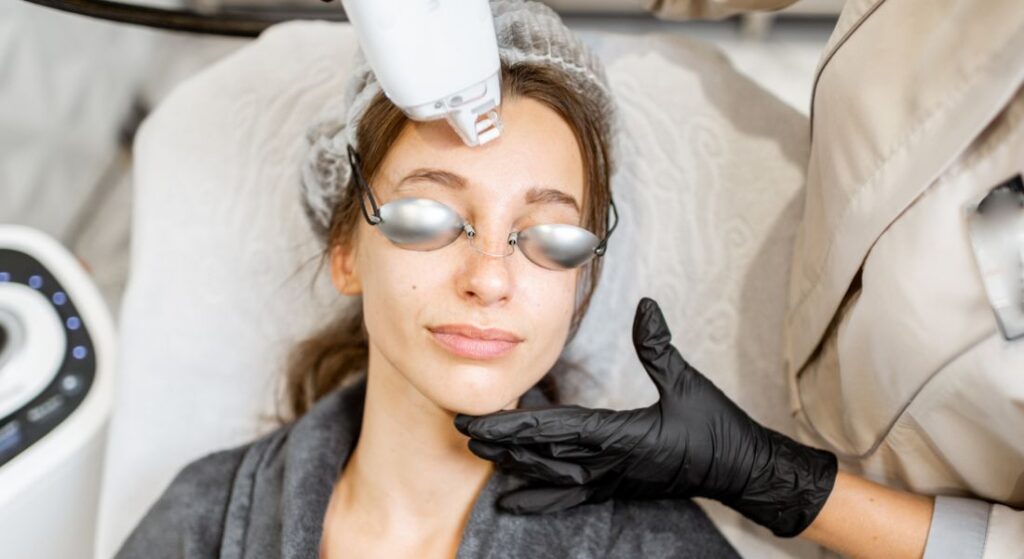
Even though Sculptra works wonderfully in many areas, it’s not the best choice for every part of your face or body. The good news is that there are several safe and effective alternatives your dermatologist can recommend depending on your goals and the area you want to treat.
– Hyaluronic acid fillers: These are often the go-to solution for delicate areas like under your eyes, your lips, or other sensitive facial zones. They provide instant, natural-looking volume and are easy to control for precise shaping.
– Neuromodulators (Botox): If your concern is dynamic wrinkles, such as those on your forehead or around your eyes (crow’s feet), Botox can relax the muscles causing the lines and create a smoother, more youthful appearance.
– PRP (Platelet-Rich Plasma): Often combined with fillers, PRP uses your body’s own growth factors to rejuvenate the skin, improve texture, and boost collagen naturally. It’s a great option if you want gradual, natural improvement.
– Laser treatments: These are excellent for addressing skin texture, pigmentation, and fine lines. Depending on your needs, your dermatologist may recommend fractional lasers, IPL, or other resurfacing techniques to improve overall skin quality.
Each of these treatments has a specific purpose, and the best results often come from a customised combination tailored to your skin type, concerns, and goals. By exploring alternative options, you can achieve a balanced, natural look, even in areas where Sculptra isn’t suitable.
FAQs:
1. How long does it take to see results with Sculptra?
With Sculptra, you won’t notice dramatic changes immediately because it works gradually by stimulating your body’s collagen. Most people start to see visible improvements within a few weeks after their first treatment, but the full results usually develop over several months, often becoming most noticeable around three to six months after completing the treatment course. Your skin will appear naturally fuller and smoother, and these subtle changes continue over time, giving a progressive and long-lasting effect.
2. How many Sculptra sessions will I need?
The number of sessions varies depending on your facial volume loss, age, skin condition, and the areas you want to treat. On average, most patients need between two to four treatment sessions spaced four to six weeks apart. Your practitioner will evaluate your face and create a personalised plan, adjusting the number of sessions so that your results are natural and balanced rather than overfilled.
3. Is Sculptra safe?
Yes, Sculptra is generally considered safe when administered by a qualified and experienced practitioner. Because it is made from poly-L-lactic acid, a biocompatible and biodegradable substance, it is designed to work with your body. However, safety depends heavily on proper placement, avoiding unsuitable areas, and following aftercare instructions. Choosing an injector with experience in facial anatomy and Sculptra’s technique greatly reduces the risk of complications.
4. Can Sculptra be used with other treatments?
You can combine Sculptra with other aesthetic treatments, such as neuromodulators, hyaluronic acid fillers, PRP, or laser procedures. Many people benefit from a multi-modality approach where Sculptra restores volume and collagen, while other treatments address dynamic wrinkles, skin texture, or pigmentation. Your practitioner will recommend a combination plan tailored to your facial structure, skin type, and aesthetic goals to ensure results remain balanced and natural.
5. What are the most common side effects of Sculptra?
The most common side effects are usually mild and temporary. You may experience minor swelling, redness, or bruising at the injection sites, which typically resolves within a few days. Some people notice small nodules under the skin, which can occur if Sculptra is placed superficially or in areas where it is not recommended. Following your practitioner’s aftercare instructions and attending follow-ups can help reduce the likelihood of these side effects.
6. How long do Sculptra results last?
Sculptra results are considered long-lasting because it stimulates your body’s collagen rather than simply filling lines or folds. Typically, the improvements can continue for up to two years after completing your full treatment course. Unlike temporary fillers, Sculptra provides gradual, sustainable results, allowing your face to maintain a youthful, refreshed look over a longer period.
7. Can anyone get Sculptra?
Not everyone is an ideal candidate for Sculptra. People with active skin infections, inflammatory skin conditions such as eczema or dermatitis, or very thin and highly mobile skin in certain areas may not be suitable for treatment. Additionally, areas like the under-eye region, lips, eyelids, or directly over bone are generally avoided. A thorough consultation with a qualified practitioner will help determine if Sculptra is appropriate for you and what alternative treatments might be safer or more effective.
8. What should I expect during the treatment?
During a Sculptra session, your practitioner will cleanse the area, mark the treatment zones, and inject the product using precise techniques. The process usually takes around 30 to 60 minutes depending on the number of areas being treated. You may feel minor discomfort or pressure during injections, but practitioners often use topical numbing or local anaesthetic to make the procedure more comfortable. After the session, you might notice slight swelling or redness, but most people can return to their usual activities immediately.
9. How can I ensure my Sculptra treatment is safe and effective?
The safety and effectiveness of your Sculptra treatment largely depend on choosing a qualified practitioner, being honest about your goals and medical history, and following aftercare instructions carefully. Attending regular follow-up appointments allows your practitioner to monitor your progress and make adjustments if needed. Avoiding treatment in unsuitable areas and adhering to guidance about post-treatment care, like gentle massage and limited sun exposure, further ensures optimal, natural-looking results.
10. What are the alternatives if Sculptra is not suitable for me?
If Sculptra is not appropriate for a particular area or for your skin type, there are several effective alternatives. Hyaluronic acid fillers provide precise volume in delicate zones like the under-eye or lips. Neuromodulators, such as Botox, relax dynamic wrinkles, particularly on the forehead or around the eyes. PRP treatments use your own growth factors to rejuvenate skin gradually, and laser treatments can improve texture, pigmentation, and fine lines. Often, a combination of these treatments can be tailored to give you balanced and natural results where Sculptra may not be suitable.
Final Thoughts: Safe Sculptra Placement Matters
Sculptra is an excellent treatment for stimulating collagen and restoring natural facial volume gradually. When performed correctly, it delivers subtle, long-lasting rejuvenation without surgery. Precision is key—avoiding delicate areas such as under the eyes, forehead, lips, thin skin, or regions with active infection or inflammation ensures safety and optimal results.
Dr Ayham Al-Ayoubi is the leading expert in Sculptra treatments, using his deep knowledge of facial anatomy and injection techniques to achieve natural-looking results that enhance your features while maintaining facial harmony. Proper planning and technique allow you to enjoy firmer, more youthful skin over time.
If you’re considering Sculptra treatment, you can contact us at the London Medical & Aesthetic Clinic to discuss your goals with Dr Ayham Al-Ayoubi. With personalised care and expert execution, you can achieve a refreshed, balanced, and confident appearance.
References:
1. Fabi, S., 2024. Effectiveness and safety of Sculptra poly-L-lactic acid injectable implant in the correction of cheek wrinkles. Journal of Drugs in Dermatology, 23(1), pp.1297-1305. Available at: https://pubmed.ncbi.nlm.nih.gov/38206151/
2. Signori, R., 2024. Efficacy and safety of poly-l-lactic acid in facial aesthetics. Polymers, 16(18), p.2564. Available at: https://www.mdpi.com/2073-4360/16/18/2564
3. Ouyang, R., 2025. Advances in poly-l-lactic acid injections for facial and body aesthetics. PMC, [online] Available at: https://pmc.ncbi.nlm.nih.gov/articles/PMC12323926/
4. Schierle, C., 2011. Nonsurgical rejuvenation of the aging face with injectable poly-l-lactic acid. Aesthetic Surgery Journal, 31(1), pp.95-100. Available at: https://academic.oup.com/asj/article/31/1/95/274078
5. Shridharani, S.M., 2021. Clinical experience of poly-L-lactic acid injections for body contouring treatment. Journal of Cosmetic Dermatology, 20(6), pp. 1655–1662. Available at: https://pubmed.ncbi.nlm.nih.gov/33830621/




